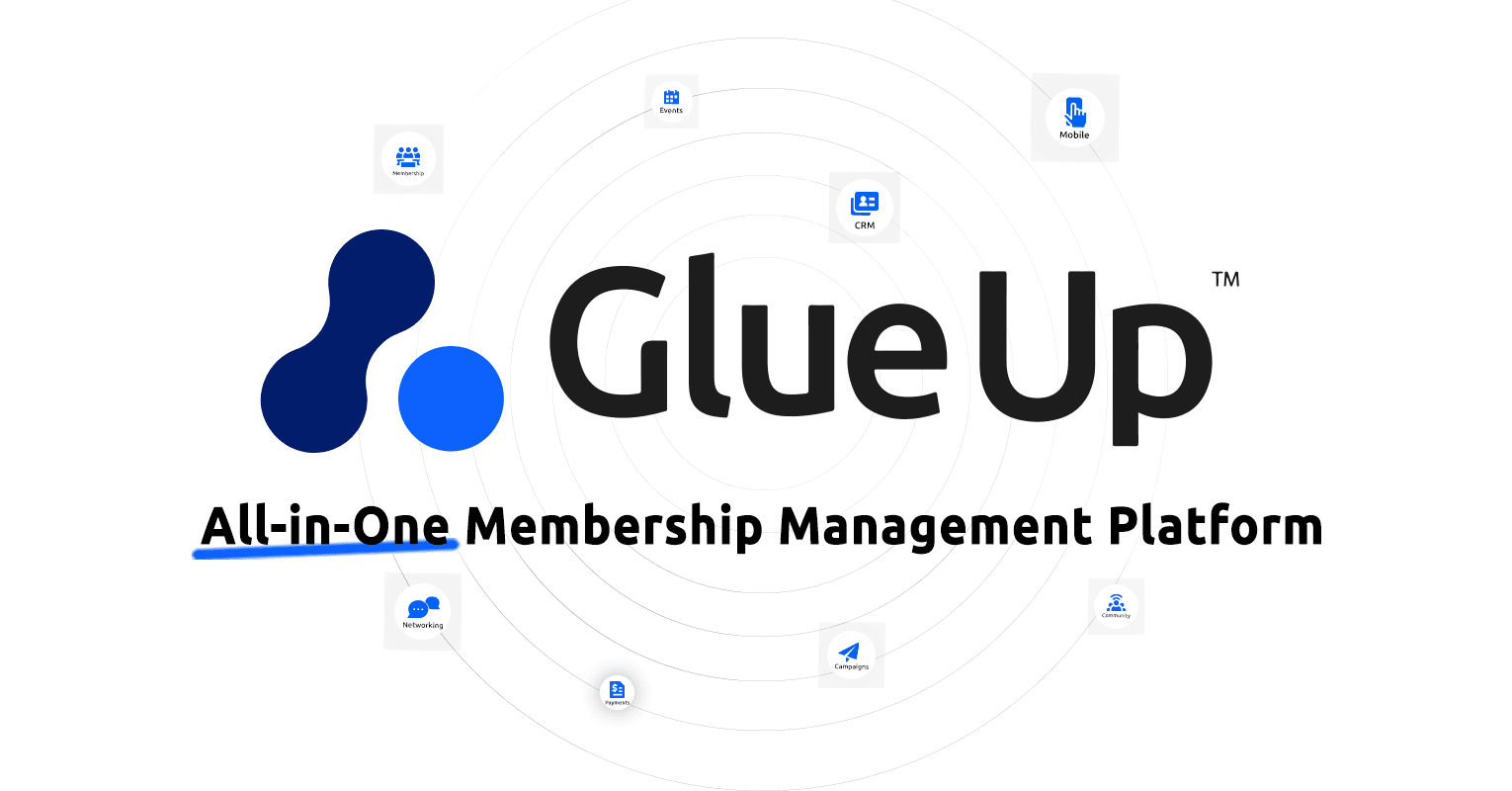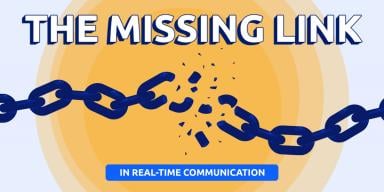
Content is critical to any business’s success. Whether you’re pushing for greater brand awareness, looking to educate your target audience, capture leads, or are hoping to drive conversions and sales, your content is the medium by which you achieve all these goals. Of course, you can’t approach content marketing without some kind of strategy or plan as that is the perfect recipe for failure. 63% of businesses do not have a documented content strategy—and the numbers show the result. That’s why we’ve prepared this practical guide that you can readily use to improve your content marketing approach.
So, What is Content Marketing Anyway?
When you talk about content, people usually think it’s just something that’s written down. In actuality, the term also encompasses anything and everything audible and visual. So your content includes blog posts, articles, white papers, research papers, case studies, brochures, podcasts, and videos. Anything that serves as a medium of communication and information to your target audience qualifies as content. In that sense, when thinking about content, it’s everything you release as a company with a specified goal.
The ‘marketing’ component of content marketing then is simply the strategy you undertake to effectively distribute your content in such a way that it has a positive impact on your goals. After all, it wouldn’t do just to post your content without giving thought to its relevance to your target audience, its innate effectiveness, or even its actual appeal. So, let’s move on to the proven, practical tips that have worked for others.
1. Clarify Your Mission, Goals, and KPIs
The first and most important step you need to take if you want to get your B2B content marketing strategy right is to clearly define what its purpose is. At its most basic, this can take the form of a simple statement defining who your target audience is specifically, how you intend to reach them, what content types you will use, and what they will positively gain from this content. Having this basic definition will guide your content creators and marketers to deliver consistent content every time.
Ideally, however, you shouldn’t stop there. You also need a measure by which to gauge the success of your content marketing efforts. These key performance indicators depend entirely on what you want to achieve: more subscribers, more followers, more brand awareness, more sales calls, etc. Usually, businesses define their KPIs in line with their business goals, so these KPIs include revenue targets, number of subscribers, increased website traffic, and the like.
2. Know Your Audience Well
The next key step that you need to take—having defined your mission, goals, and KPIs—is to identify the audience you’re specifically marketing to. This will aid immensely in proper targeting because your content will only be effective if it’s actually relevant to the people who are reading it. This is where analytics comes into play. At the most basic, you’ll be able to tell the basic demographic data of the people who already engage in your business—including gender, age, education, job role, etc.
Another effective method to gain insight into your audience is to actually ask your existing audience if you’re providing what they need—and what they would like to see from you. This can serve as a guide to the ultimate goal of coming up with your ideal buyer persona. In essence, this persona is who you are writing to. This will affect the tone you take, and the information you supply, and even give you a clue as to what answers they need to get to questions they have in their heads.
3. Organize Your Process Flow
Of course, when it comes to content, you will have people who will be creating, checking, and ultimately distributing it. To prevent the whole process flow from devolving into chaos, it’s critical to define the process as well as the people who will take part in it. For one, you need a designated leader who will be responsible for checking the quality of the work of your content creation team against the standards you previously defined.
You also need to define who makes up your content team which would normally consist of writers, graphic designers, and even—in some cases—photographers and videographers. You next need to define the resources available to them as well as your publishing schedule. Finally, you need to create an organized process flow that dictates what happens in each step from conceptualization to creation to distribution and performance analysis.
4. Perform an Audit With What You Already Have
More than likely, you already have a lot of content at your disposal—from white papers, product descriptions, brochures, and perhaps even blog posts from years ago. Even as you set off to create a better B2B content strategy, there’s really no need to get rid of what you already have. While it’s more than likely that what you have might not fit the criteria you set, they can become the foundation for creating newer, improved content pieces.
In auditing your existing content, you should take into account how it fits your mission, goals, and audience. That said, you should also explore what the numbers say about their performance. You might have a hidden gem just waiting to be uncovered and repurposed to meet your current strategy. Don’t sweat the small stuff, however. If it’s going to take too much to refurbish a piece of content—as would be the case with a video, for instance—it might be smarter to re-do from scratch.
5. Build up Your Blog and Watch Those Keywords
If you haven’t yet, you should have a company blog. At the very least, your blog is a central repository for your created content—which you can link from when posting this content on your social media platforms or using them for your email campaigns. Sky’s the limit with what you can do with your blog. Just make sure that what you do post is carefully set up to match your search engine optimization (SEO) goals.
For this, you do need an SEO expert and an online rank tracker tool to help uncover keywords that can make your content rank high and track your ranking on SERPs to understand the result of your efforts. While the whole idea of SEO is an entire discussion unto itself, the main idea is to look for the phrases and words your audience uses to search for products and solutions that you offer and to couch them within content that provides information that is relevant. It’s among the most powerful ways that businesses attract new and returning customers alike.
Content Is Key if Done Properly
There you have it! Those are the five basics that you need to peg down to get your content marketing off to a great start. Remember that it all must be grounded on a solid foundation. Make sure what you hope to achieve and with what specific audience is clear even before setting pen to paper as it were. Define the roles of your content team carefully to make sure each one is doing their part—and make sure that there’s a very clear process flow in place. When you do these plus have an eye for SEO, you can be sure your B2B content marketing will be successful.
About the Author
Chris Whife co-founded Internal Results in 2011 after successfully growing and selling their previous venture a global lead generation provider. Chris is passionate about building lead-generation solutions that have a measurable impact on B2B marketing & sales teams. With two decades of experience leading teams and building technology solutions for global clients, Chris sets the strategic direction for Internal Results and the overall vision for our future. He is now also President of Demand Science International.

![Advantages Of Paperless Board Meetings [+ Tips] Advantages Of Paperless Board Meetings [+ Tips]](/sites/default/files/styles/all_blogs_block_img_384x192/public/image_1578.png?itok=Ah-vnnvq)

![PayPal for Nonprofits: A Guide to Accepting Donations and Managing Your Money [with alternatives] PayPal for Nonprofits: A Guide to Accepting Donations and Managing Your Money [with alternatives]](/sites/default/files/styles/all_blogs_block_img_384x192/public/image_1807.png?itok=ujDAsFNj)